Italian Artisan Ceramics: A Heritage of History and Tradition
Artisanal Italian ceramics are one of the most authentic symbols of Italy’s cultural and artistic heritage. Each piece tells a story, combining traditional techniques, artisanal mastery, and unique regional influences. For centuries, these works have fascinated the world with their timeless beauty. In this article, we explore the history, manufacturing processes, and traditions of Italian ceramics, with a look at the most famous regions such as Caltagirone, Faenza, and Vietri sul Mare.
Historical Origins of Italian Artisan Ceramics
The tradition of Italian ceramics has its roots in ancient times, with the Etruscans and Romans using clay to create utensils and decorations. During the Middle Ages, the influence of civilizations such as the Byzantines and Arabs further enriched this art. However, it was in the Renaissance that Italian ceramics reached their maximum expression, thanks to the spread of majolica. Centers such as Faenza, Deruta and Caltagirone became famous for their intricate and lively designs, marking a golden age for this art form.
The Iconic Regions of Italian Artisan Ceramics

Caltagirone and Sicilian Ceramics
Caltagirone, located in the heart of Sicily, is famous for its vivid colors and decorative motifs. The famous Moor's heads and ceramic pine cones are symbols of Sicilian tradition, telling stories of love and prosperity. Companies like Ceramiche Sofia combine traditional techniques with modern designs, producing unique, high-quality handcrafted works.
Faenza: The Heart of Majolica
Faenza, in Emilia-Romagna, is synonymous with the highest quality majolica. Local artisans have perfected the art of creating elegant decorations on white enamel, combining innovation and tradition to produce iconic pieces appreciated throughout the world.
Vietri sul Mare and Coastal Ceramics
On the Amalfi Coast, Vietri sul Mare is renowned for its brightly colored ceramics with Mediterranean motifs. Marine scenes, lemons, and solar geometrics decorate plates, vases, and tiles that capture the essence of Italian coastal life.
Production Techniques and Processes
The production of Italian artisanal ceramics is an art that requires skill, patience and dedication. The process includes:
- Clay Extraction and Modeling : Artisans shape local clay into rough shapes.
- First Firing : The objects are fired at a low temperature to ensure a resistant base.
- Hand Painted : Designs and patterns are painted using traditional techniques and natural colors.
- Enamelling and Second Firing : The enamel gives shine and protection, with a second firing at high temperatures to fix the colours.

Buying and Collecting Italian Artisan Ceramics
Owning a piece of Italian artisanal ceramics means bringing home a fragment of culture and history. Here's where to find them:
- Artisan Workshops : Visit workshops such as those in Caltagirone, Faenza and Deruta to purchase directly from master craftsmen.
- Local Fairs : Markets and craft fairs offer a wide range of unique ceramics.
- Online Store : Digital platforms like Ceramiche Sofia allow you to purchase authentic products from the comfort of your home.
Curiosities about Italian Artisan Ceramics
- Majolica vs. Terracotta : Majolica is known for its glossy glazes, while terracotta has a rustic charm.
- Iconic Symbols : Moorish heads and pine cones represent love, rebirth and prosperity.
- Innovation : Many artisans combine traditional styles with modern designs, creating pieces suited to contemporary interiors.
Conclusion
Italian handcrafted ceramics are not only works of art, but also testimonies of the rich history and culture of our country. Each piece reflects the passion and mastery of the artisans, making it an eternal symbol of Made in Italy. If you want to bring a touch of Italy into your home, explore the variety of styles and regions that these ceramics offer.
FAQs
What makes Italian artisanal ceramics unique?
The combination of traditional techniques, quality materials and unique designs.
What are the most famous regions?
Sicily (Caltagirone), Campania (Vietri sul Mare), Umbria (Deruta) and Emilia-Romagna (Faenza).
How are they produced?
Modelling, hand decoration, enamelling and double firing are fundamental phases.
Where can I buy authentic ceramics?
In local artisan workshops, fairs and online on certified sites such as Ceramiche Sofia .
What is the value of Italian ceramics?
In addition to their aesthetic value, they represent Italian culture and support local craftsmanship.


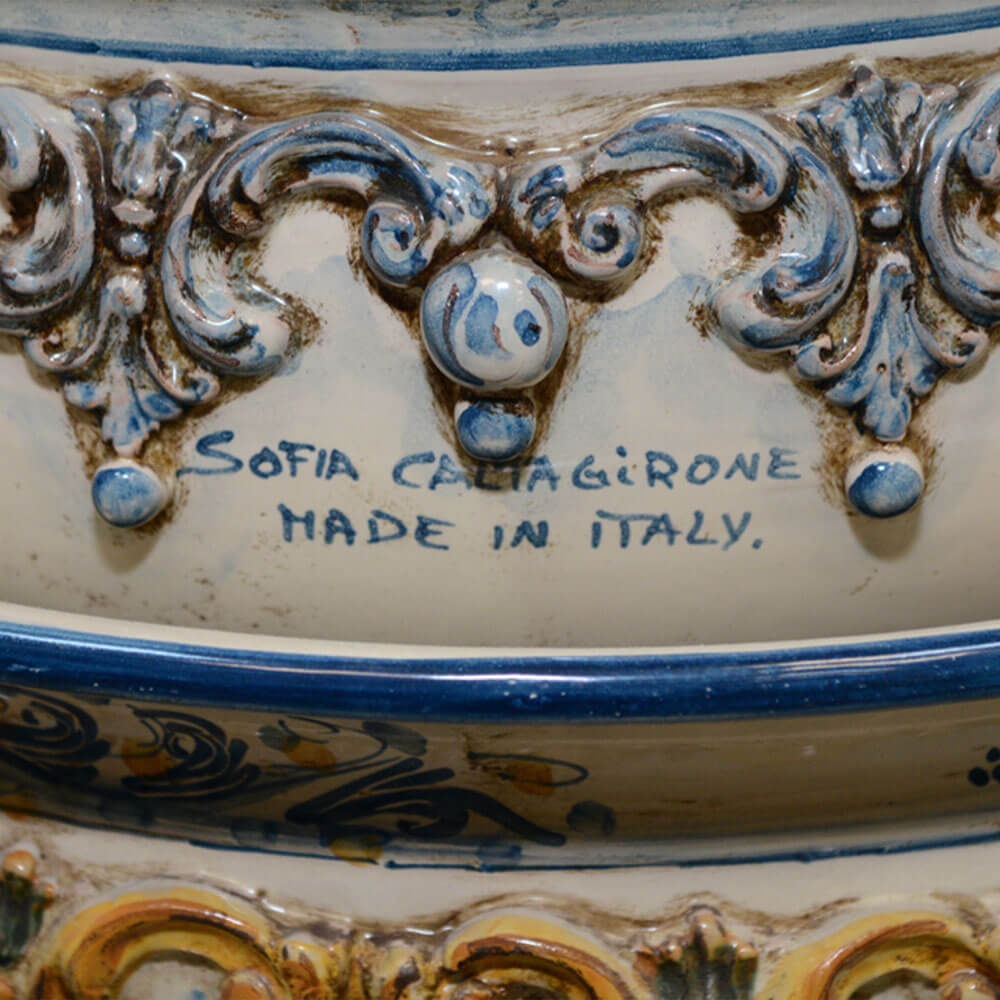

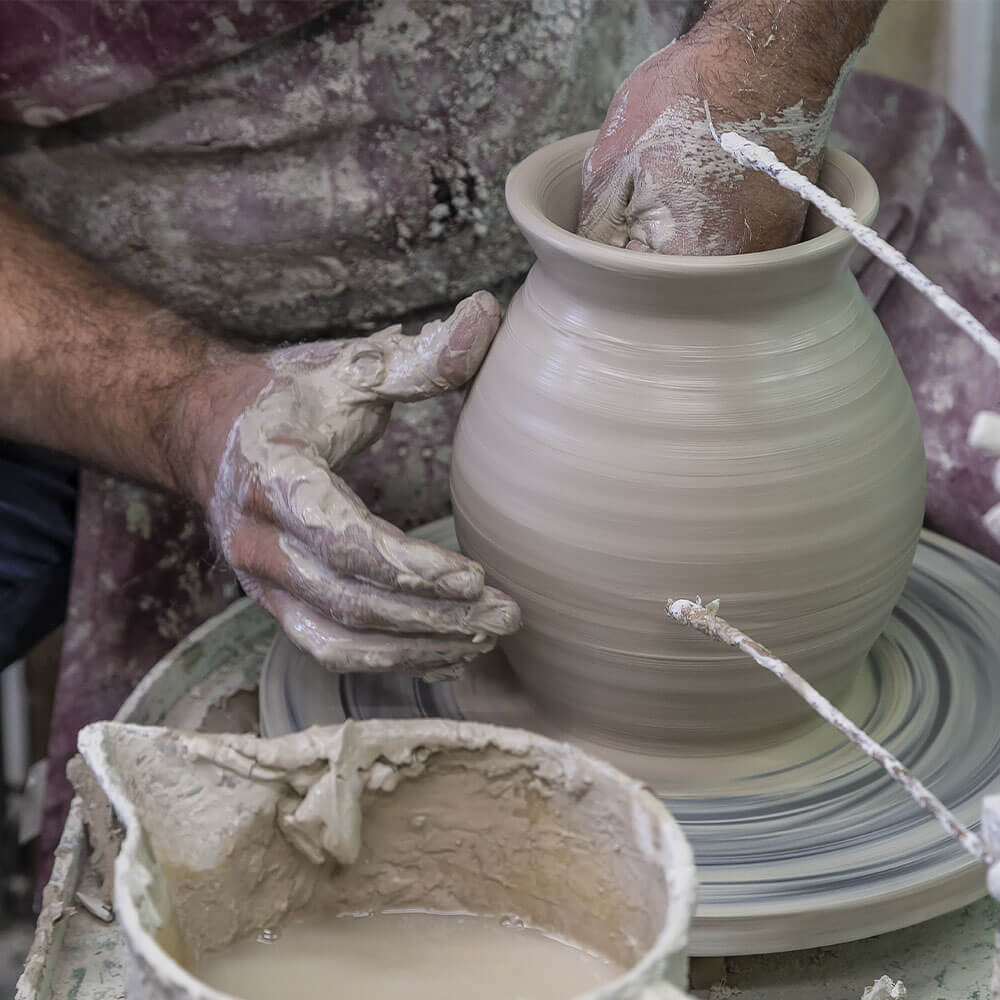
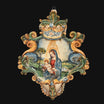
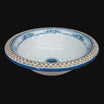
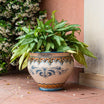


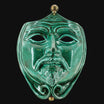
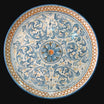
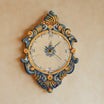
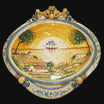
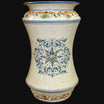


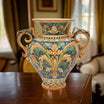
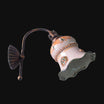

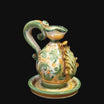



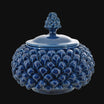
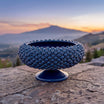

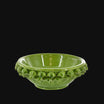
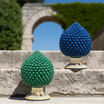
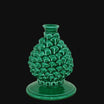


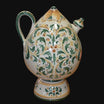
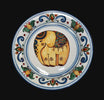







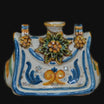

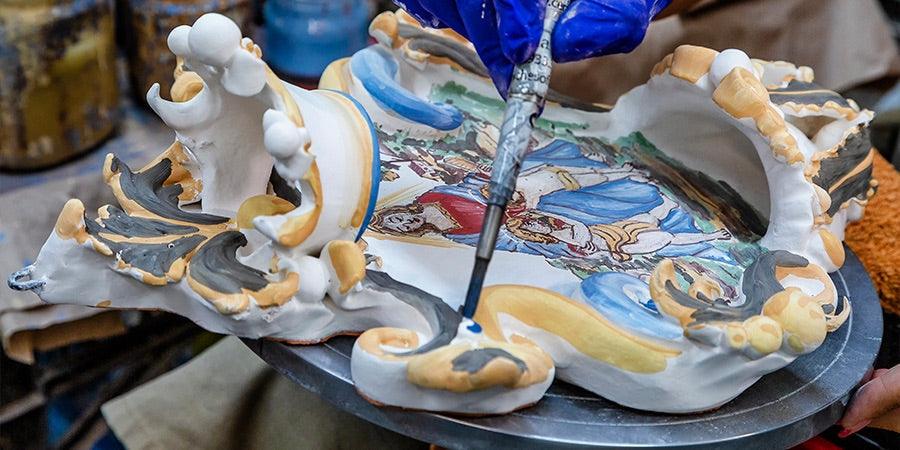
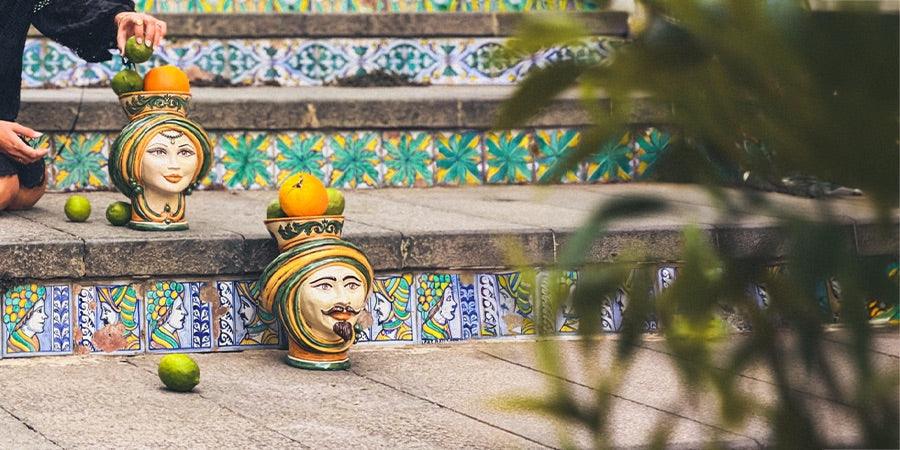
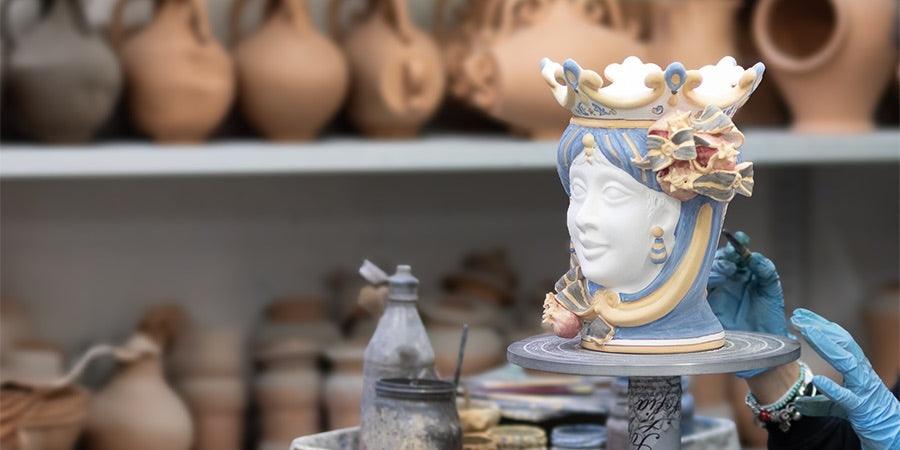
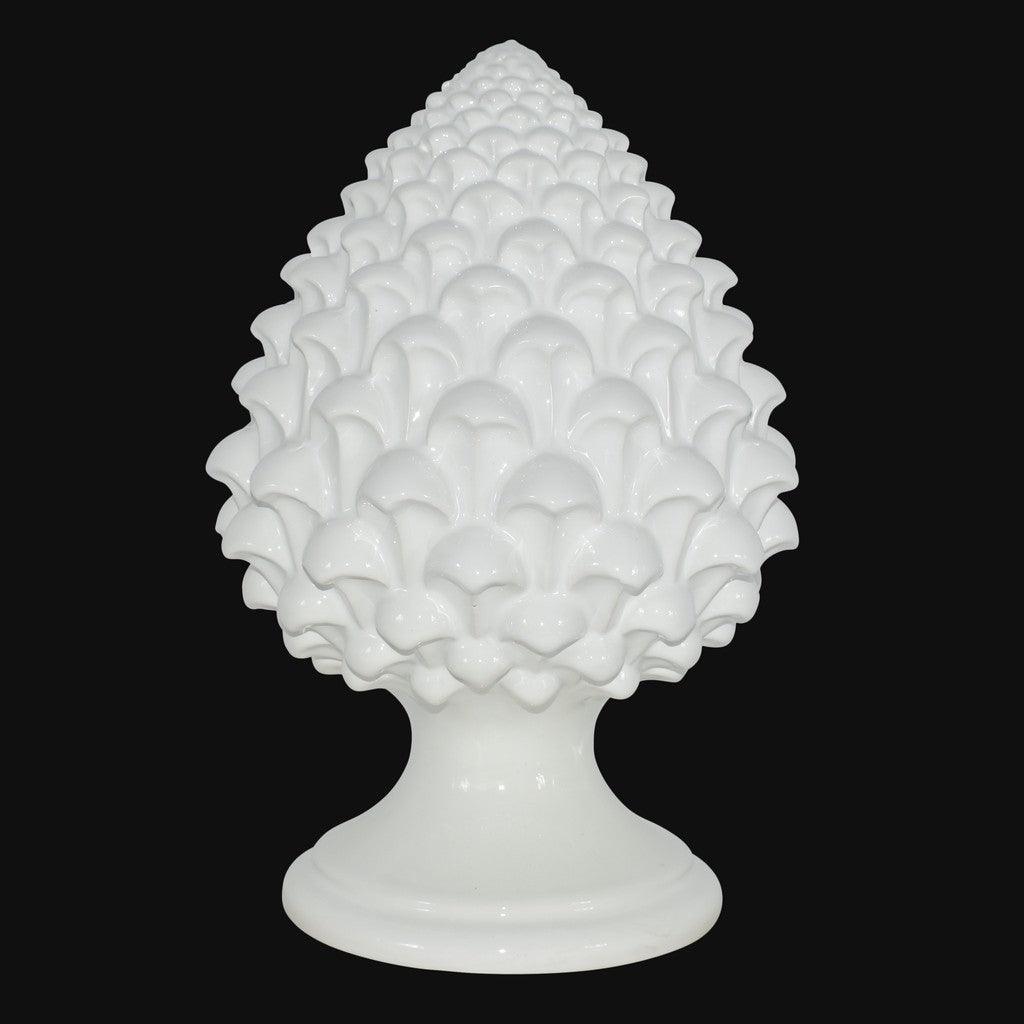
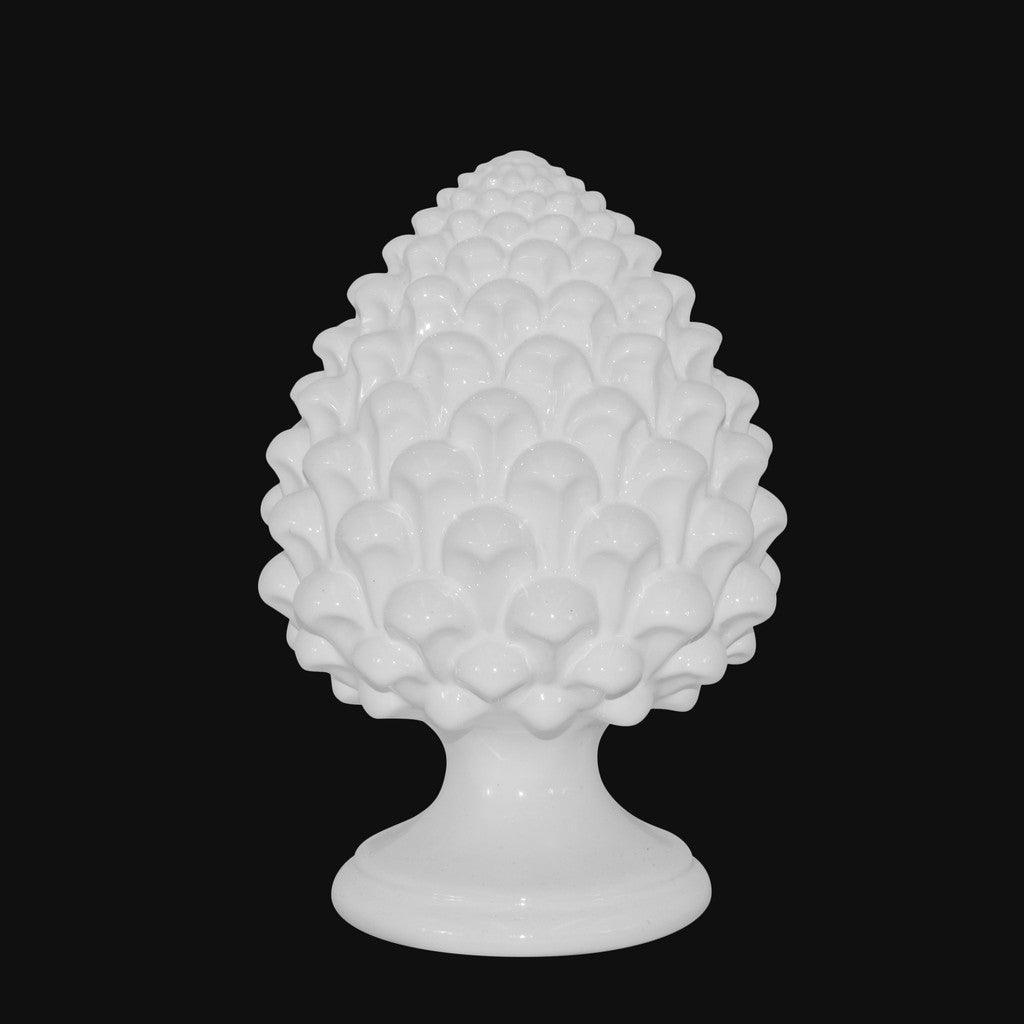
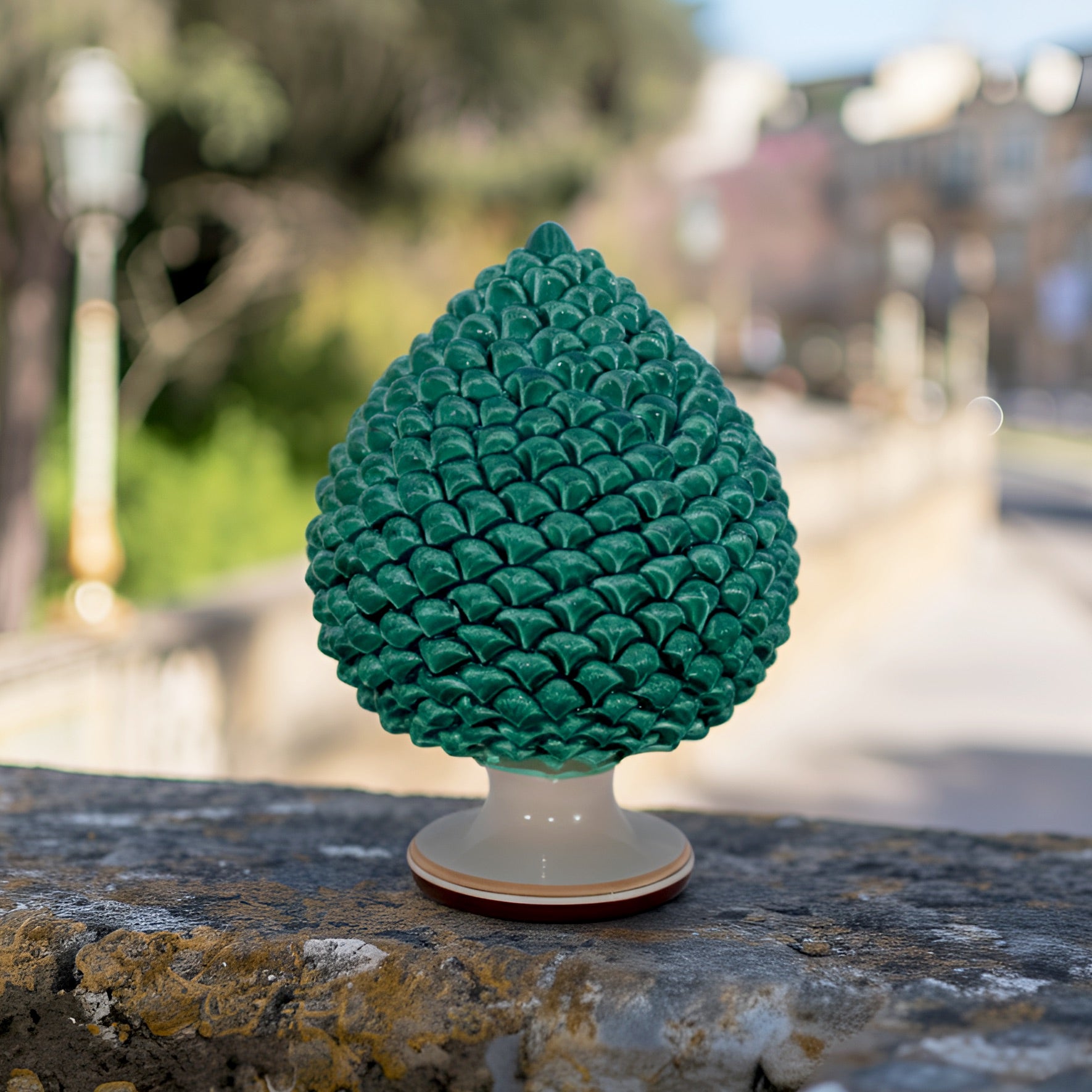
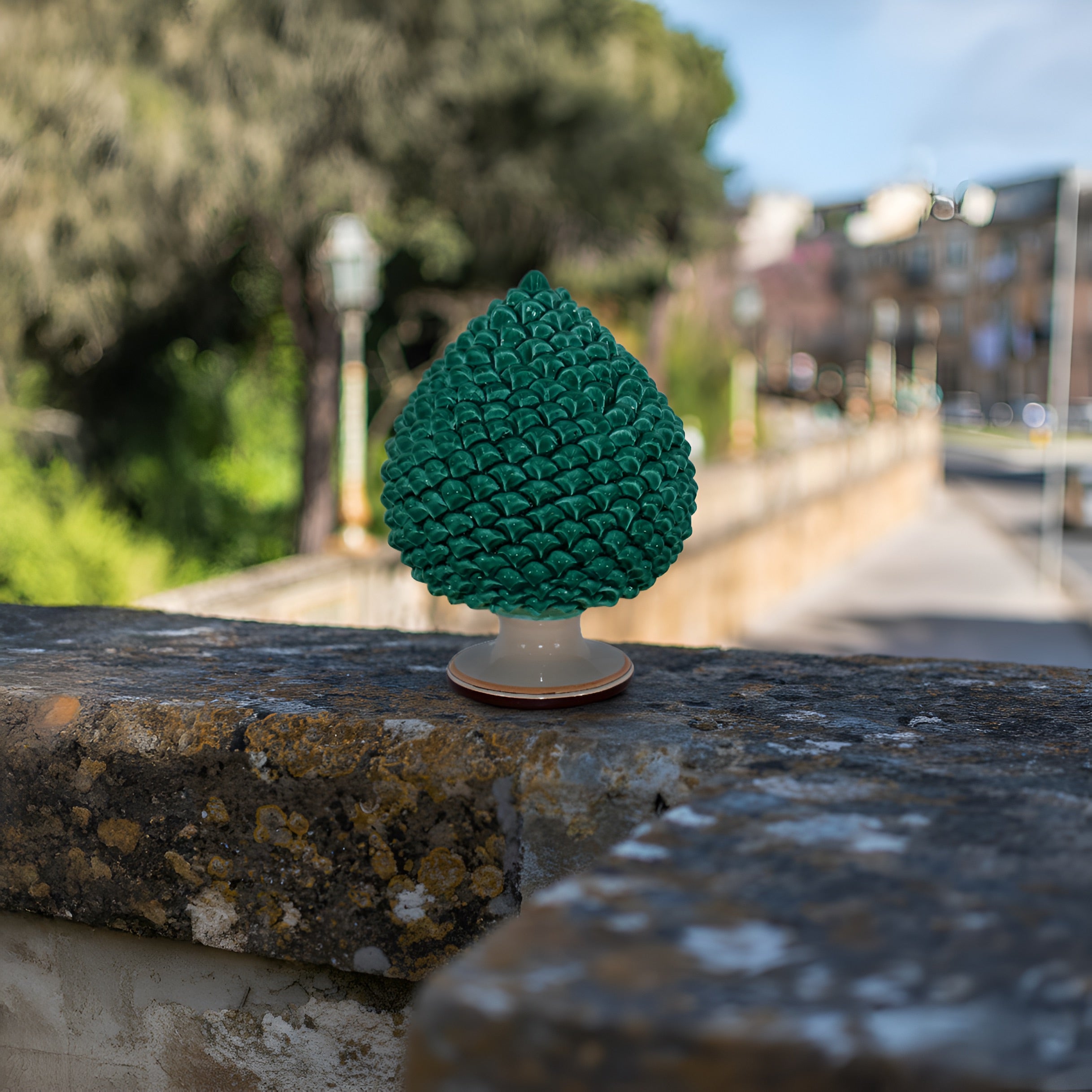
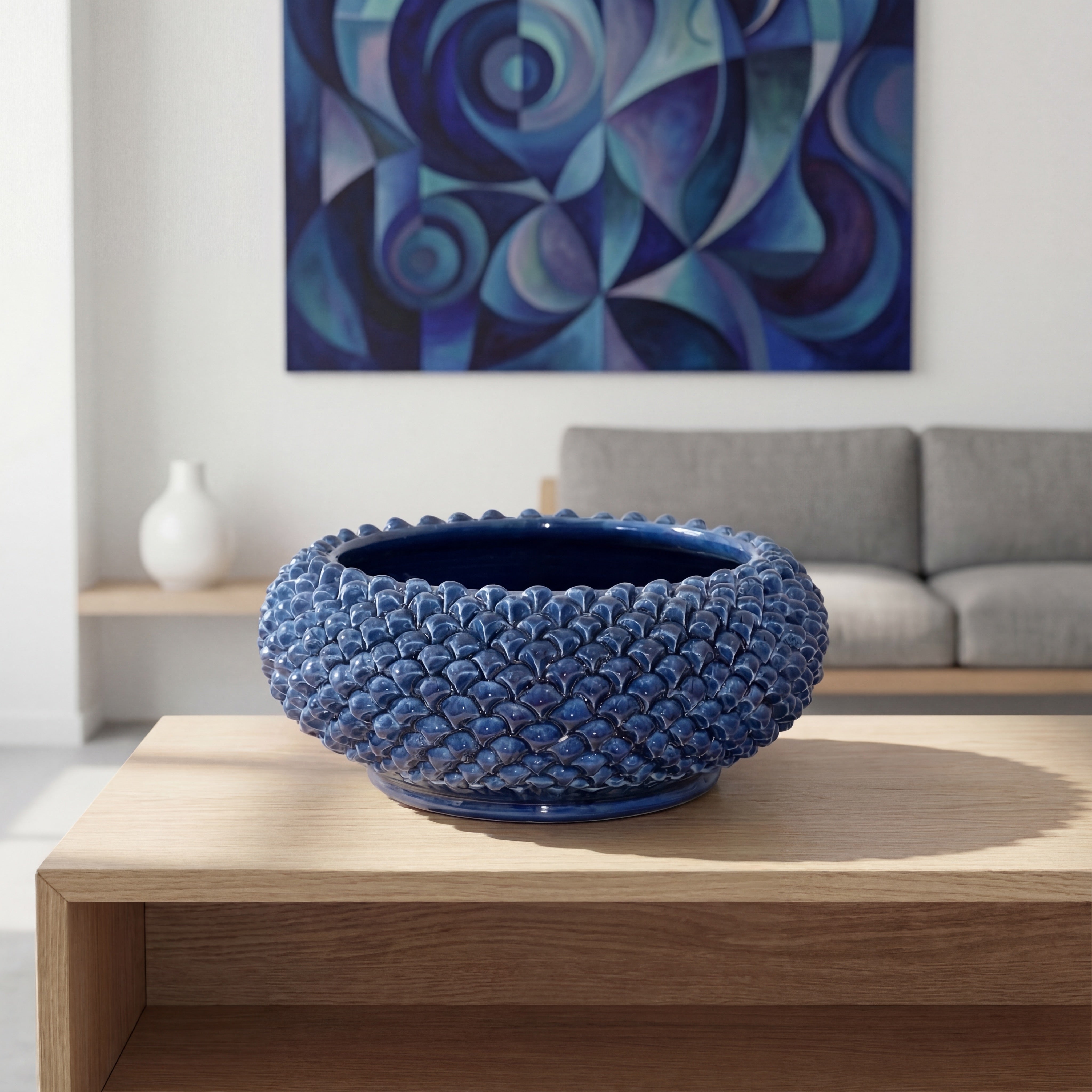
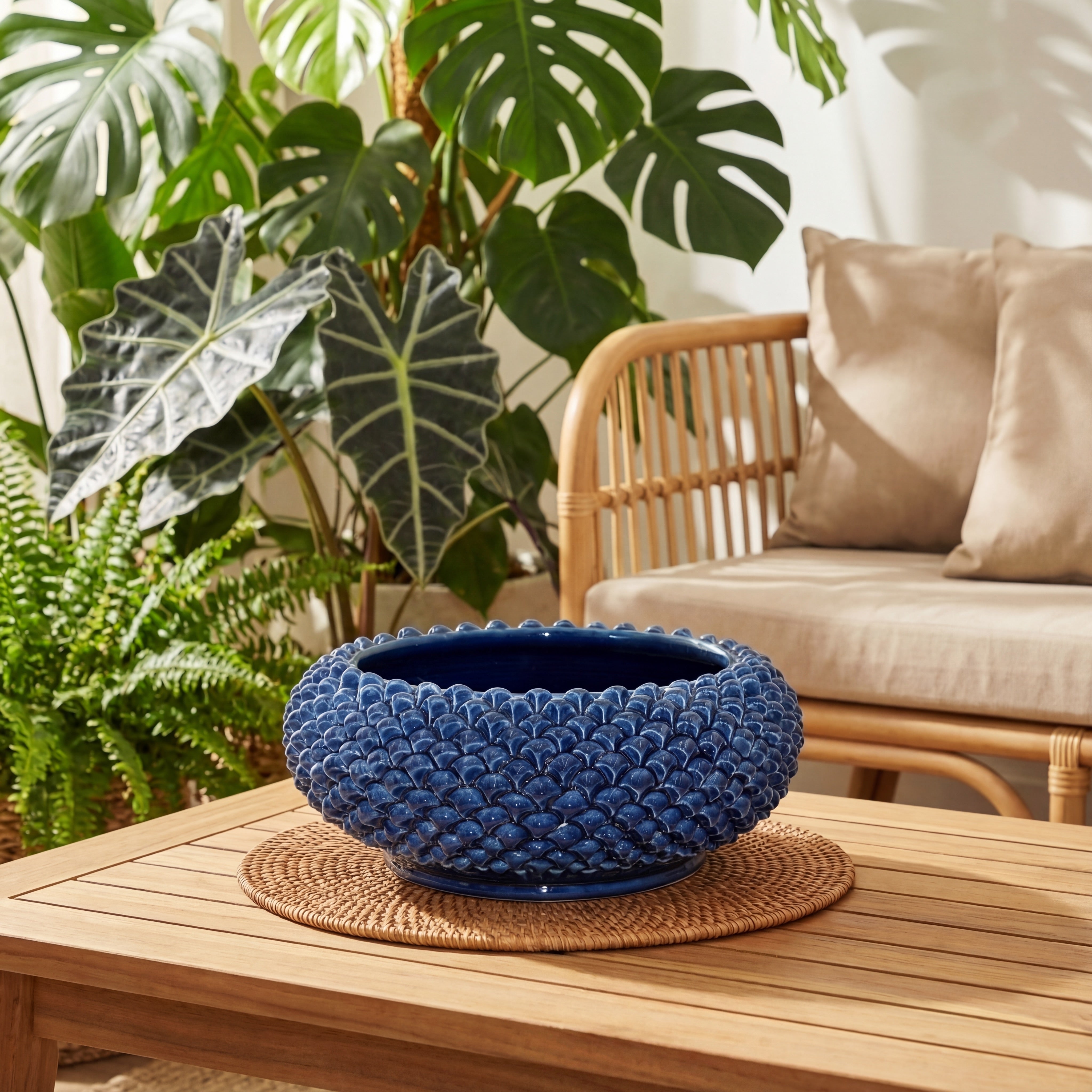
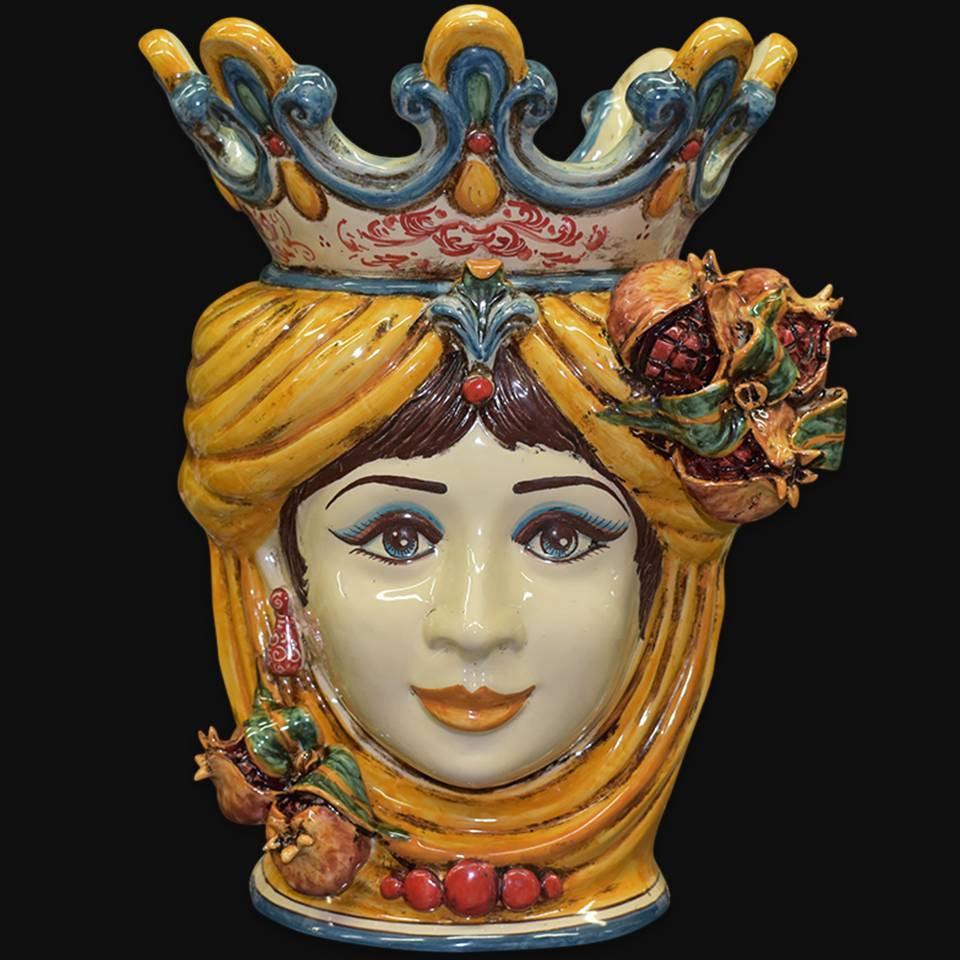

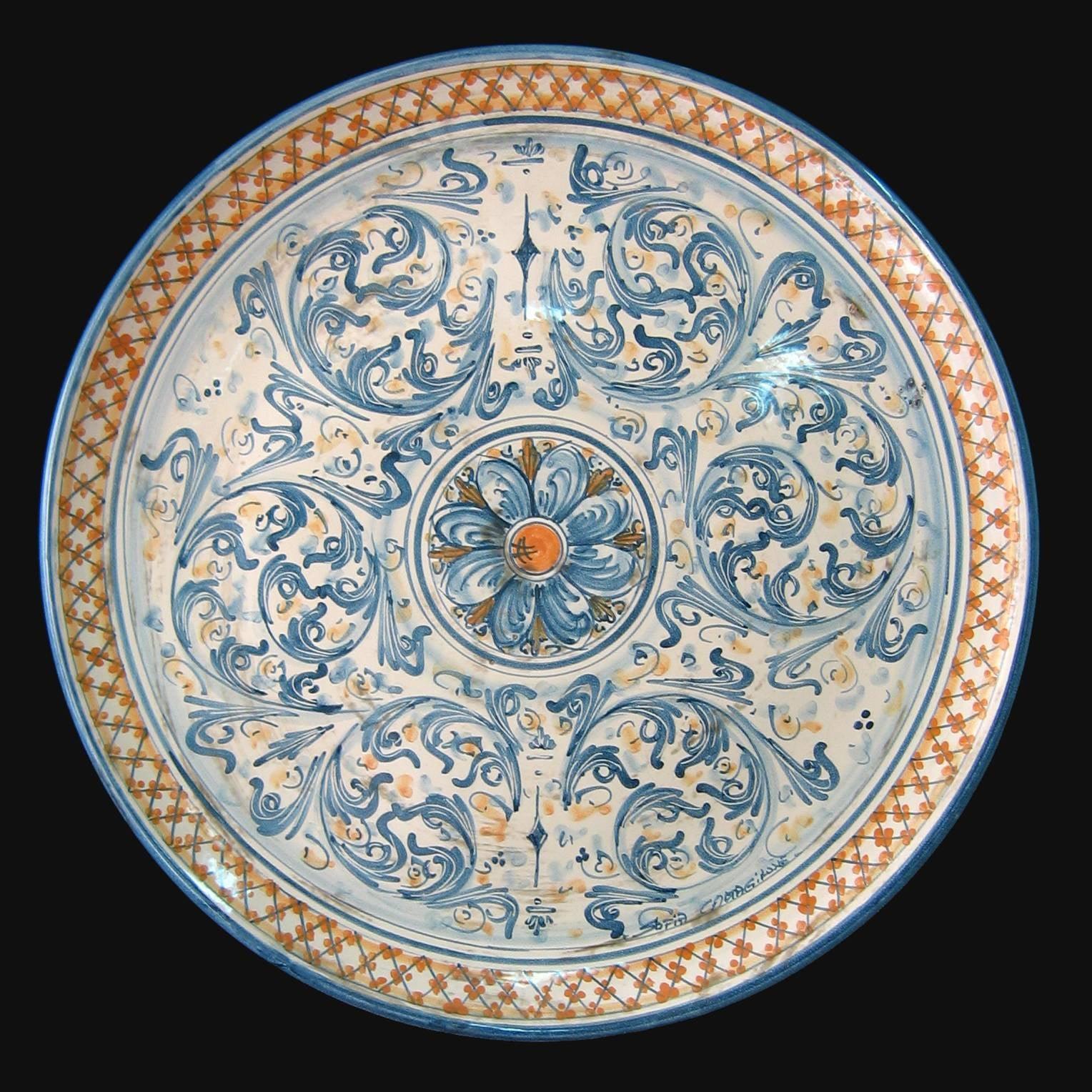
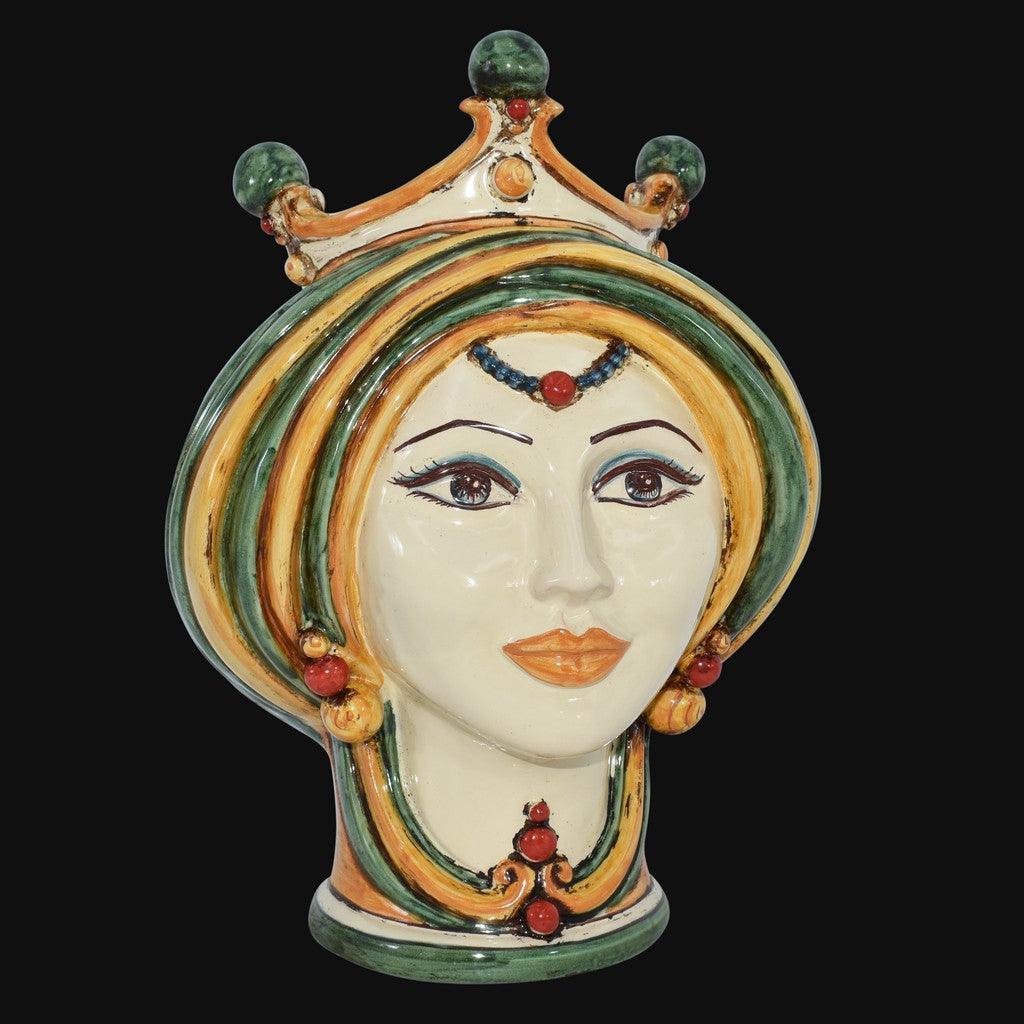
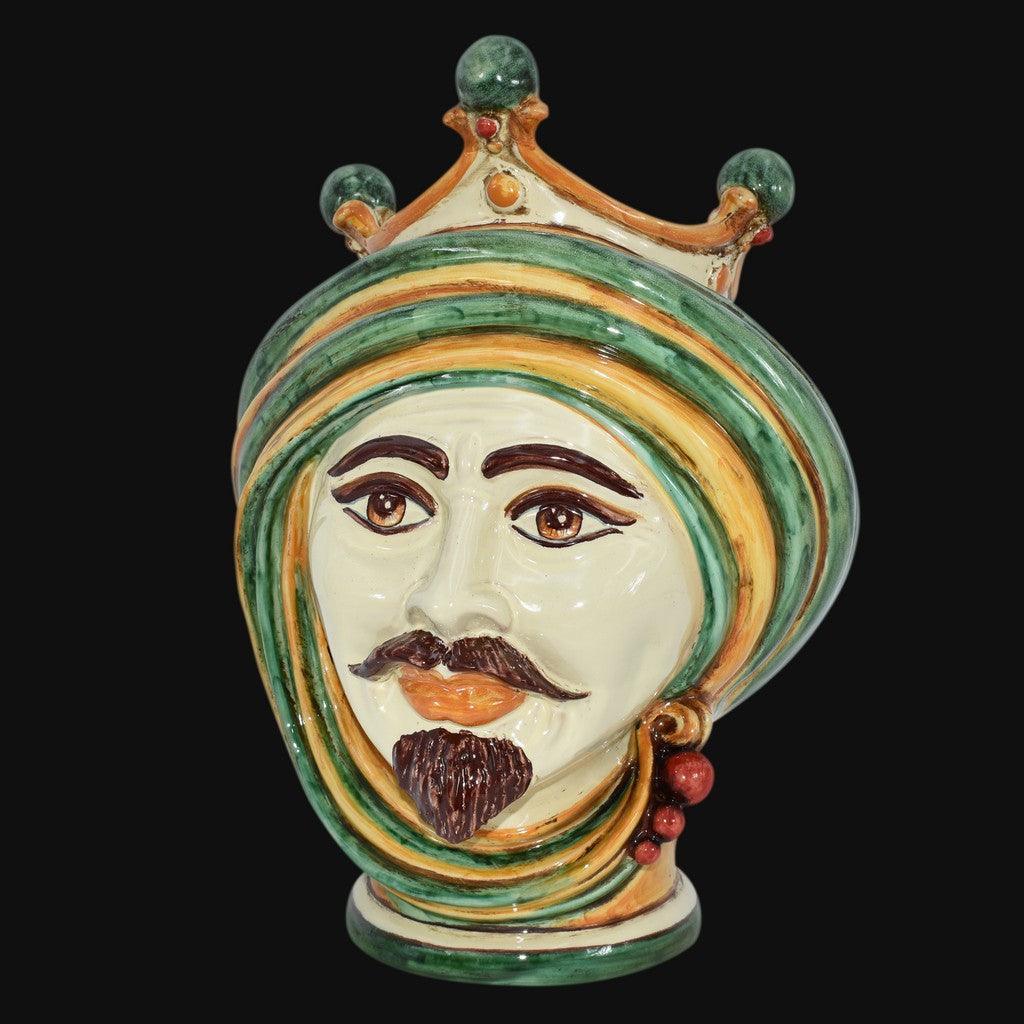

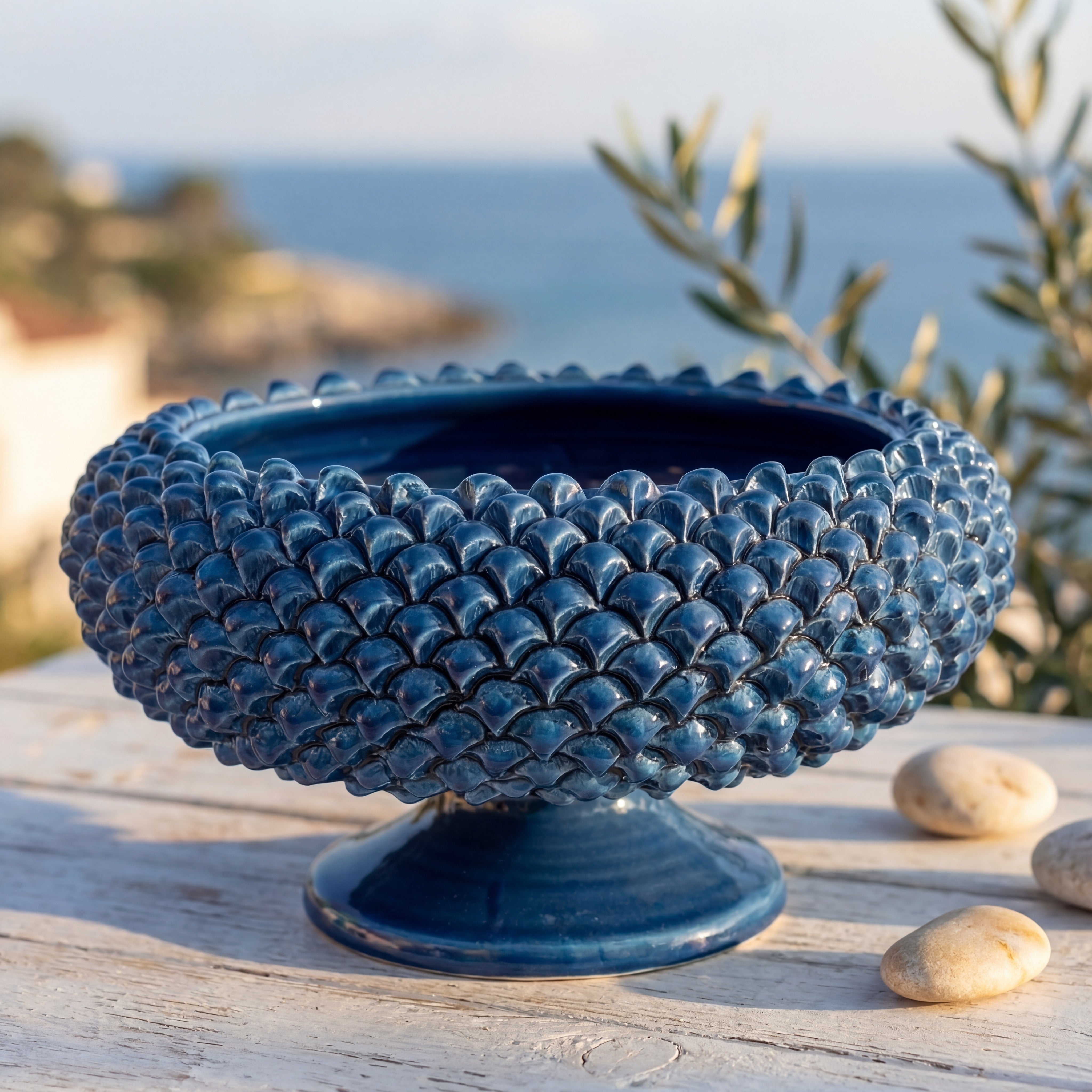
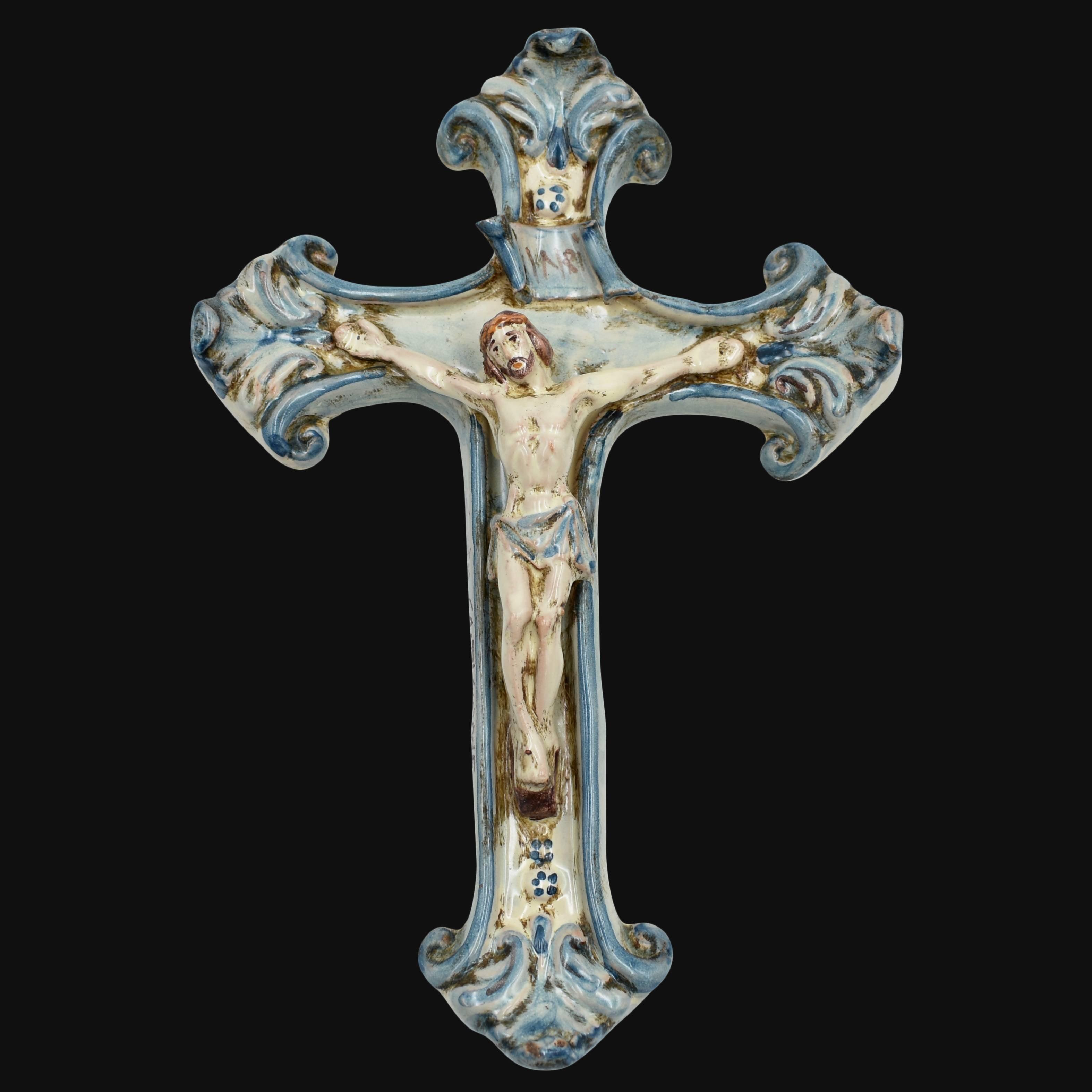

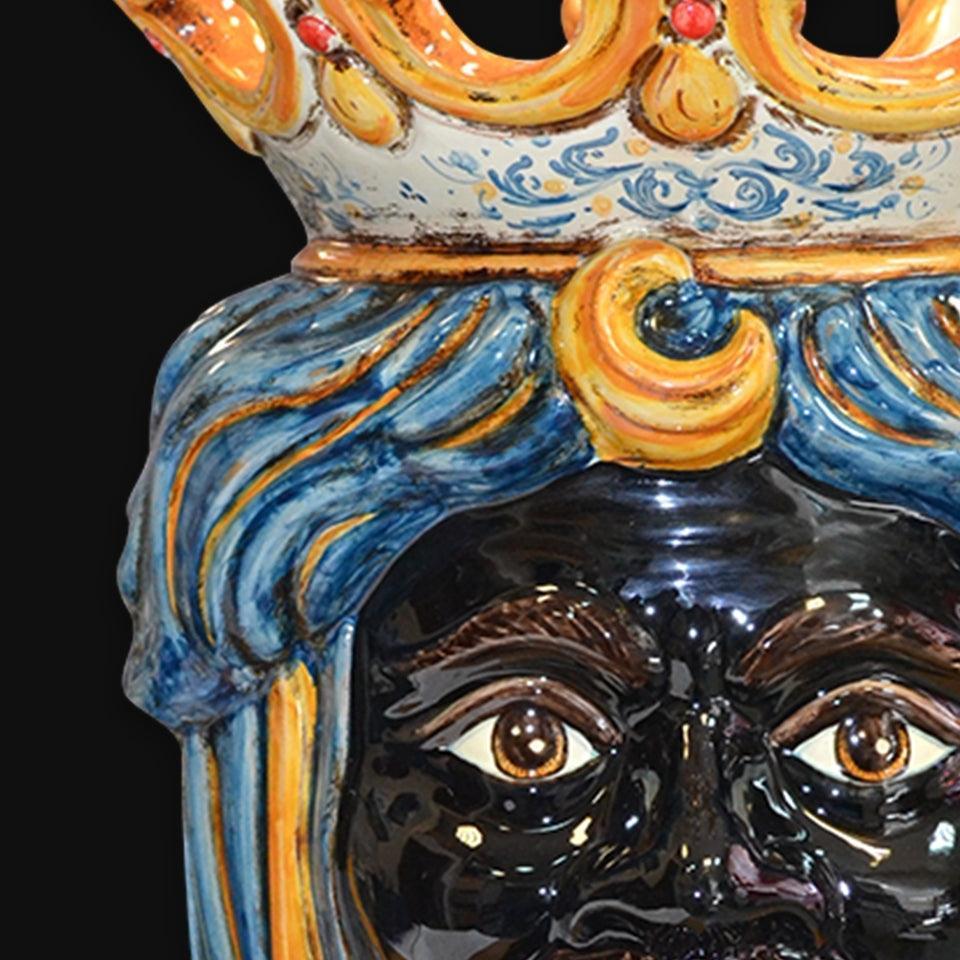
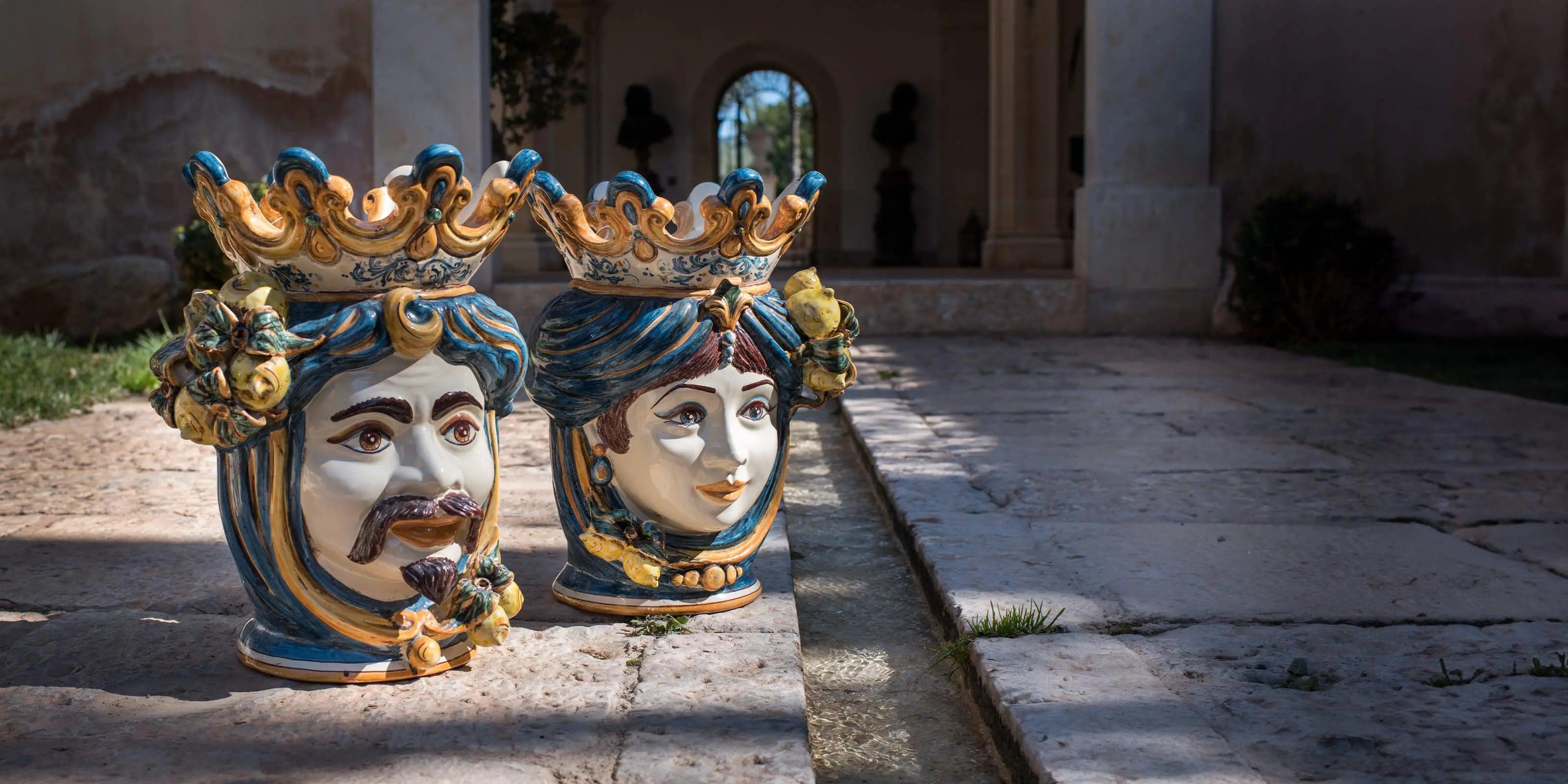

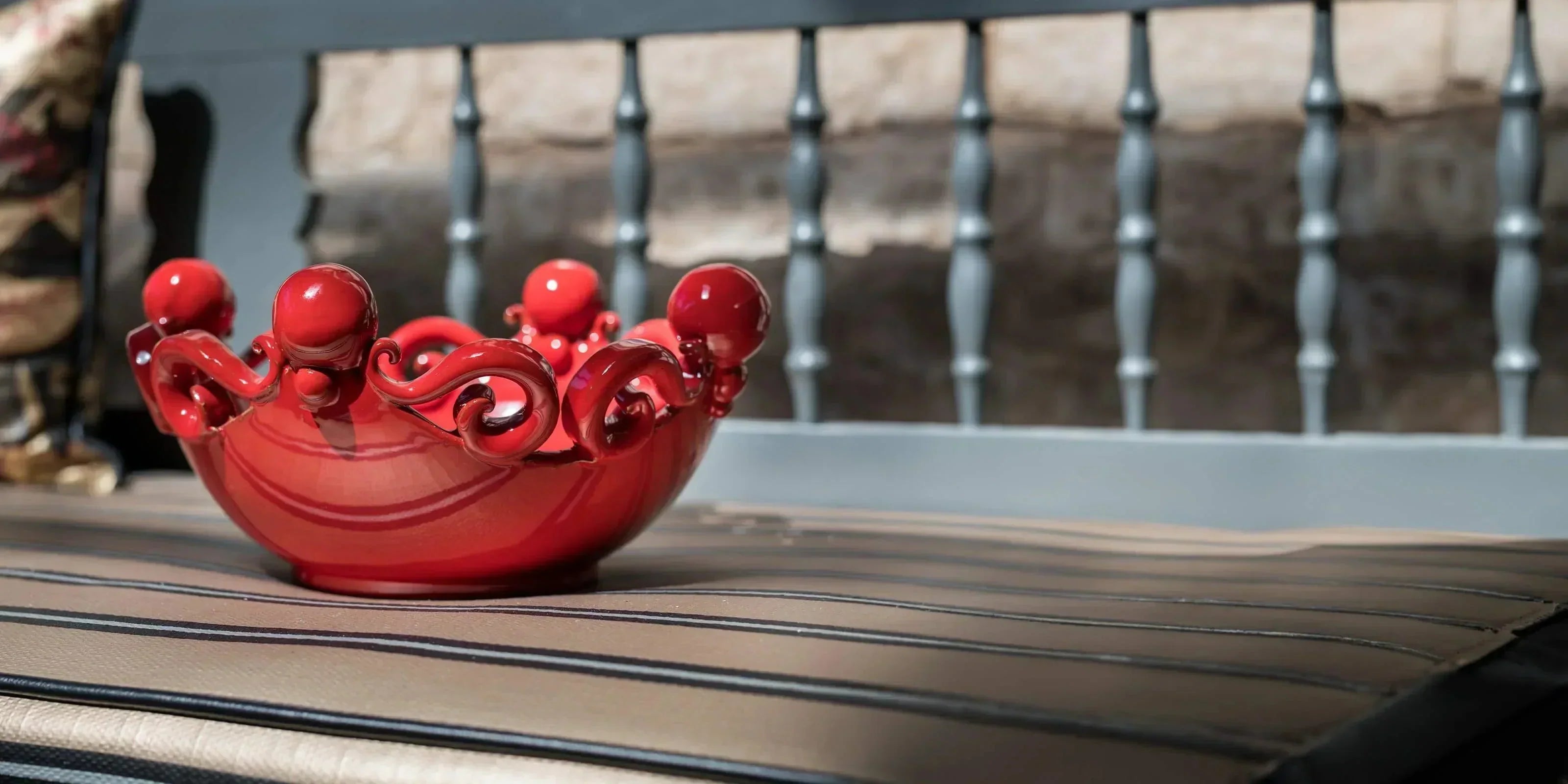
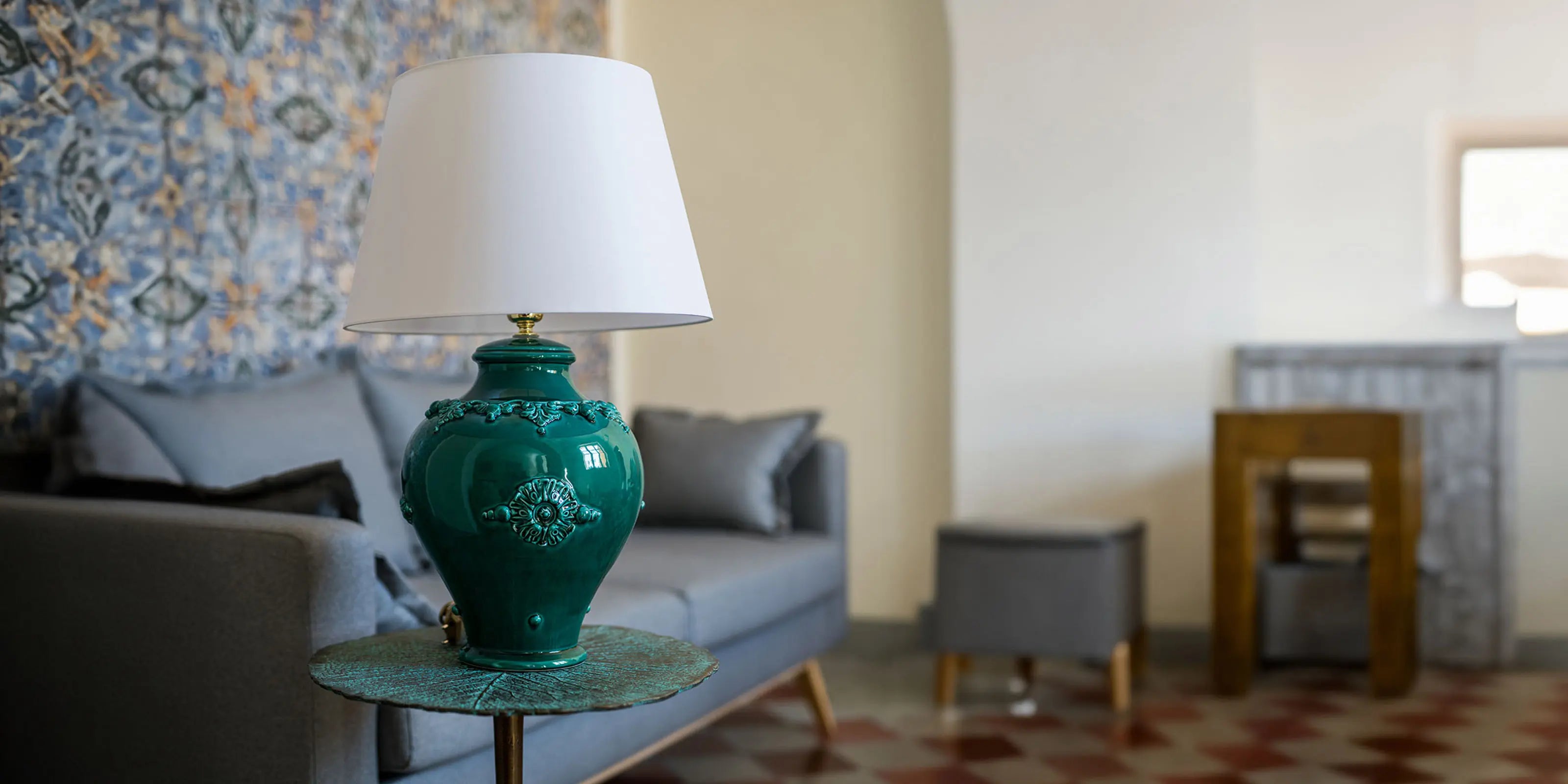
Leave a comment
All comments are moderated before being published.
This site is protected by hCaptcha and the hCaptcha Privacy Policy and Terms of Service apply.